A couple of weeks ago I have the privilege to learn more about 1960s fashion designer Mary Quant and the legacy she left when she left when she passed last month. Over the course of my research, I was reminded of what a dynamic decade the 1960s were for fashion. It had so many unique elements and personally, I still enjoy the looks today! I often seek out clothing from the time period. I look forward to the day that I can buy my own Gunne Sax dress!
While Mary Quant’s fashions were emblematic of the 1960s, her iconic bold, boxy dresses were just one of the dominating styles from those years. On each side of her designs lie women’s fashions that were strikingly different.
Elegant and polished
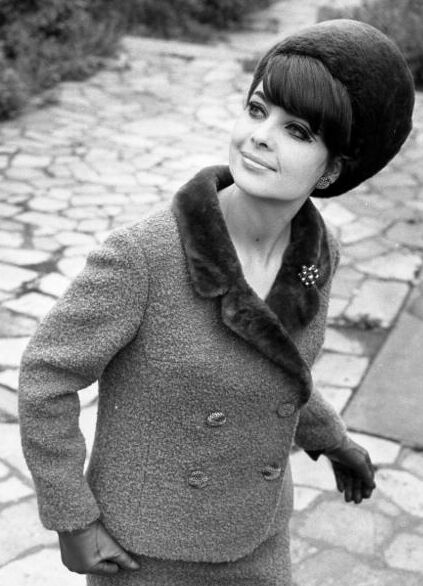
While we might think of the 1960s as being full of radical fashions such as miniskirts and bell bottoms, in truth, there was also an emphasis on elegance and tradition. These two separate movements were indeed on opposite sides of the fashion spectrum and represent the social tension of the decade as well.
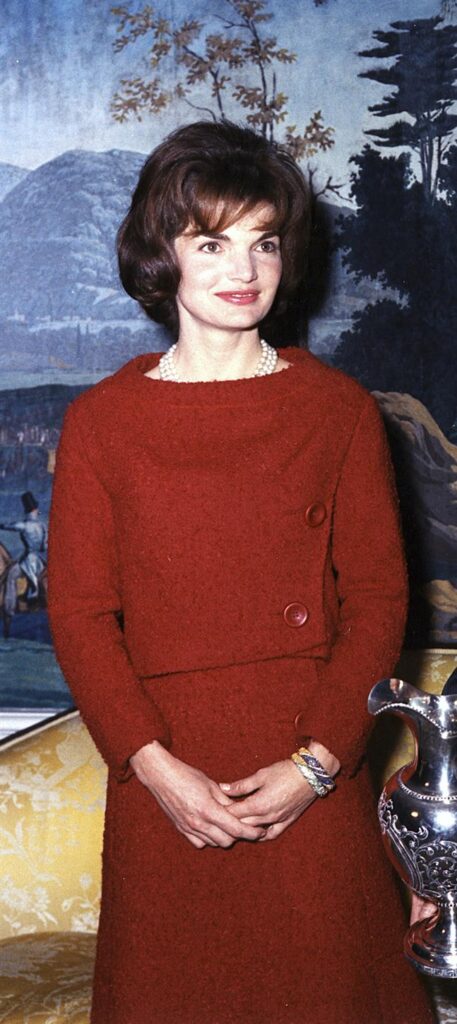
Jackie Kennedy and Audrey Hepburn were fashion icons of the decade in their own rights and made choices that were a far cry from the mini skirts and bare feet we would also see in the 1960s. Their look was one that embraced femininity and held to Dior’s New Look of the late 1940s. Some highlights:
-Soft colors and fabrics
-A cinched waist
-Delicate pillbox hats
-High heels and formal shoes during all hours of the day
-Long gloves
-A well-crafted and disciplined look in public
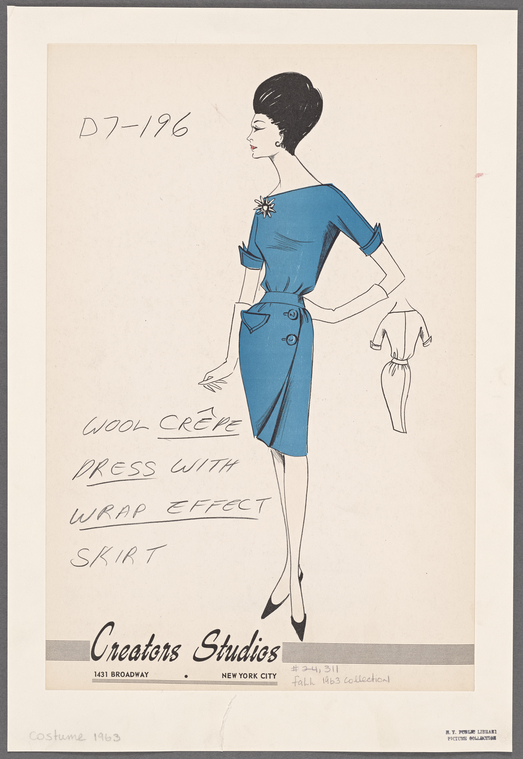
I read that this style, and ones from the decades before found mothers and daughters dressing nearly identical. That was sure to change!
Here are some examples, note how different they are from other clothing being manufactured at the exact same time.
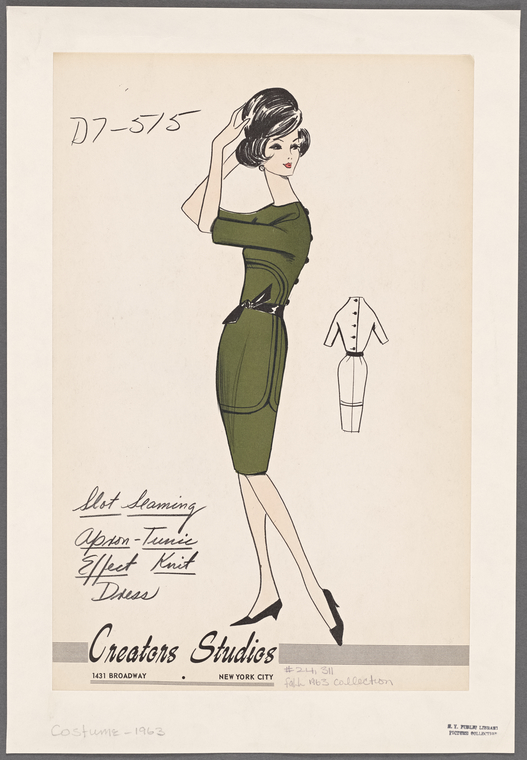
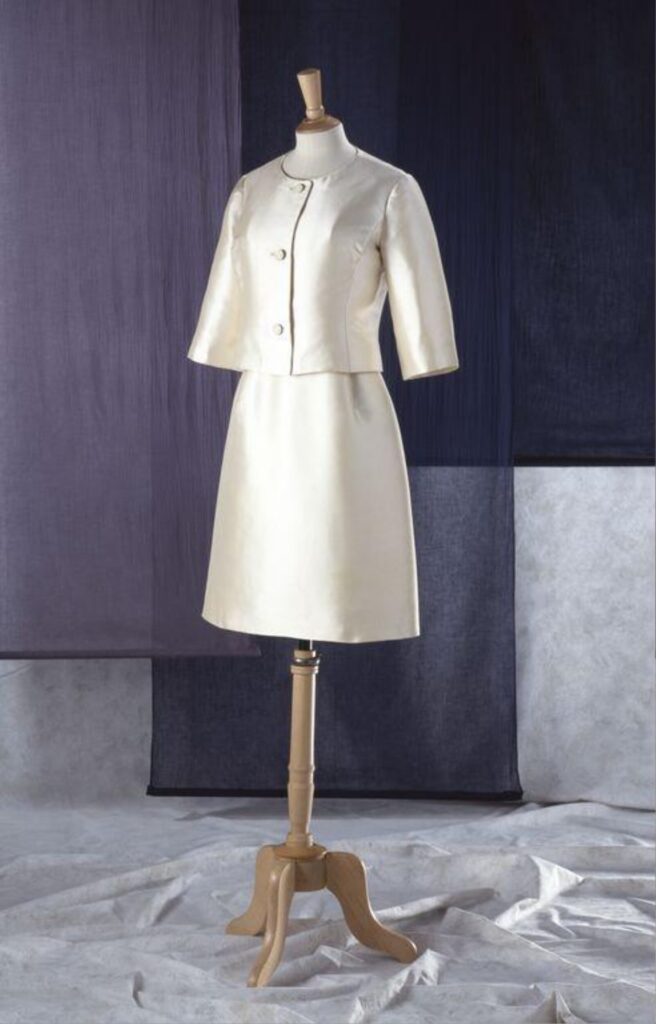
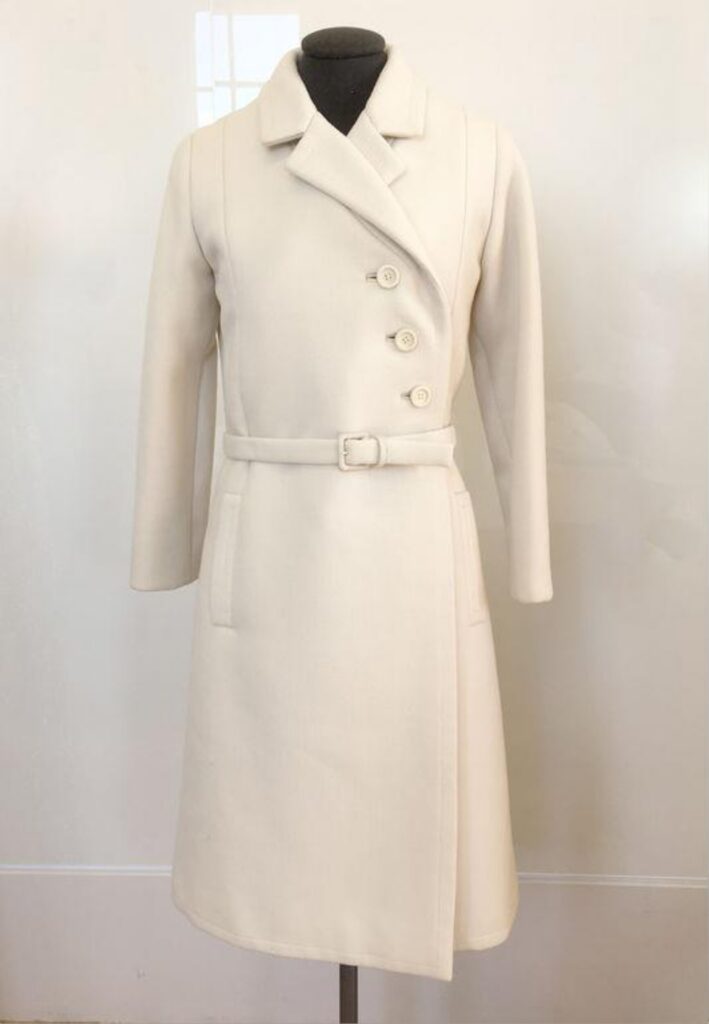
The short of it
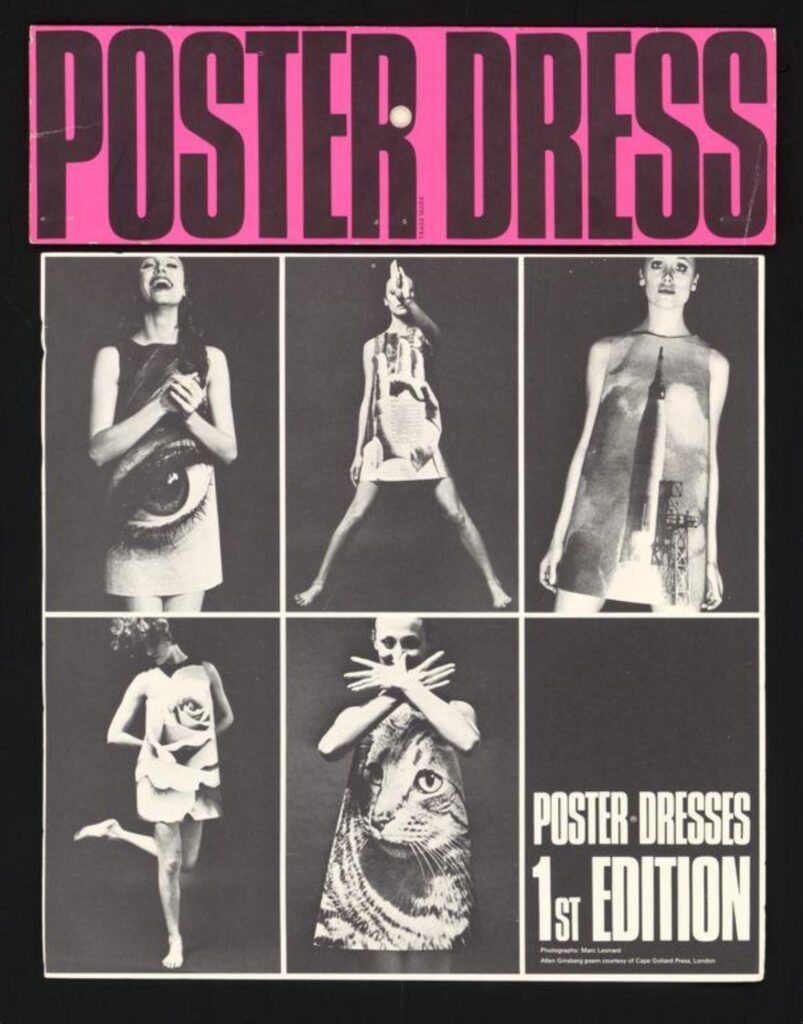
On one extreme side of the “elegant and polished” style was one full of scoffing at tradition. This was the approach Mary Quant would become so well-known for. Of this aesthetic, The Ultimate Fashion History says that it was a “return to childhood and the playfulness of being a child.”
But while the clothing may have allowed some to feel playful, children certainly hadn’t dressed like this before! These designs threw the playbook out the car window and started from scratch. Anything that hadn’t been done before was an option. This grasp at innovation is directly tied to another area of society where invention was taking place, space exploration. New fashion icons would embrace it, notably Twiggy. Some highlights:
-Influenced by the interest in science fiction and space-related multimedia (see the first dress below)
-Bold shapes
-Boxy silhouettes
-Fun!
-Colorful accessories
-Never-before-used materials
-Colorful tights
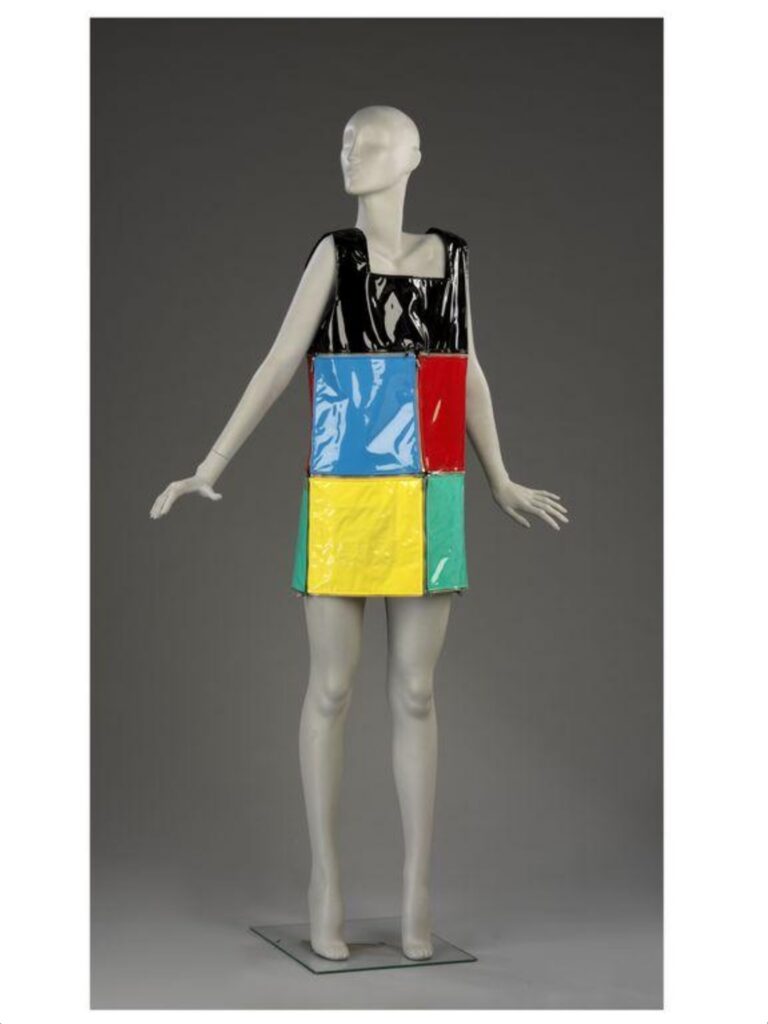

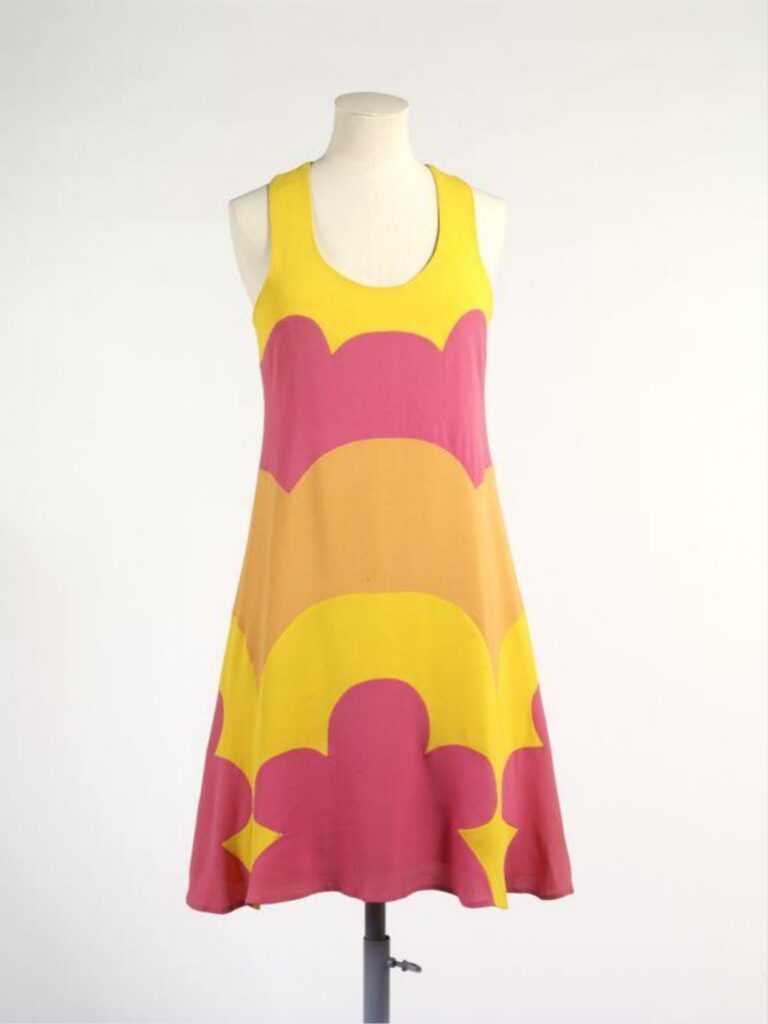
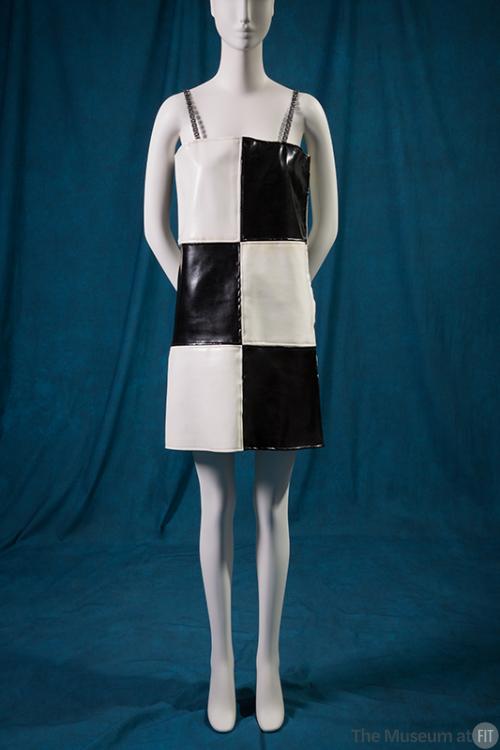
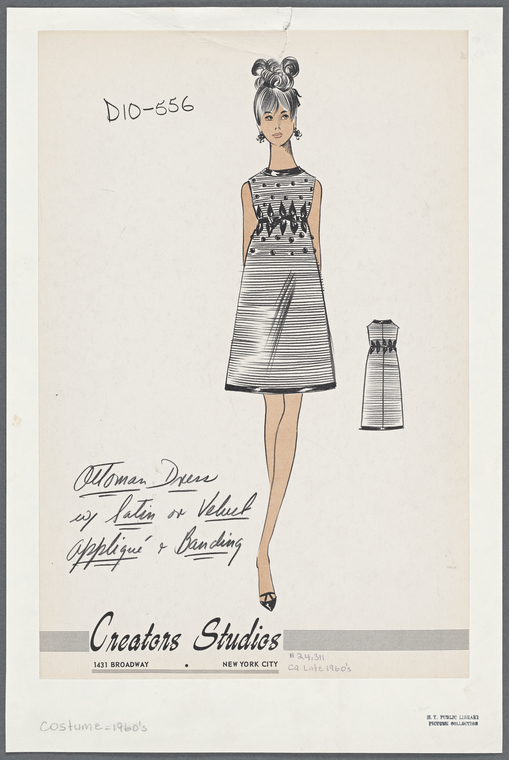
The long of it: counter-culture fashions
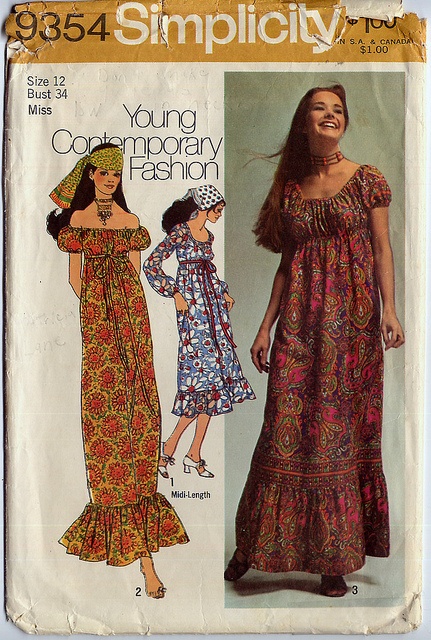
The other quintessential 1960s fashion would be a far cry from the shiny designs above. As the decade advanced a growing population would seek to do things differently once again. Increased disenfranchisement and generational tension caused many to consider how things would be done differently, and this is reflected in how they dressed.
Something that I find interesting is that while the “pop” or “mod” fashions above were designed to push the envelope, those involved with the newer counterculture movement found the approach and the clothing too materialistic and therefore part of the status quo. A new way of adorning oneself was about to begin! Style icons of this time include Janis Joplin and Stevie Nicks. Some highlights:
-Long skirts/focus on “art deco”
-Psychedelia-inspired prints
-Inspired by an interest in multi-culturalism, eastern religions, and Eastern aesthetics
-Motivation of setting oneself apart from others
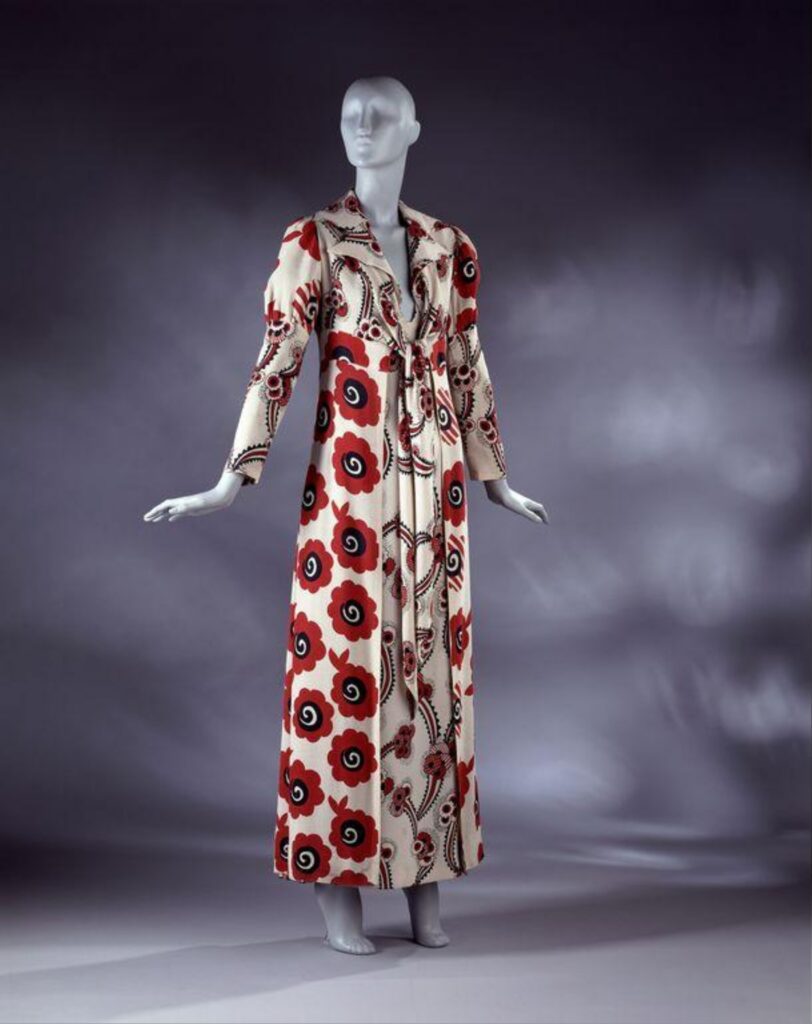
V&A Museum
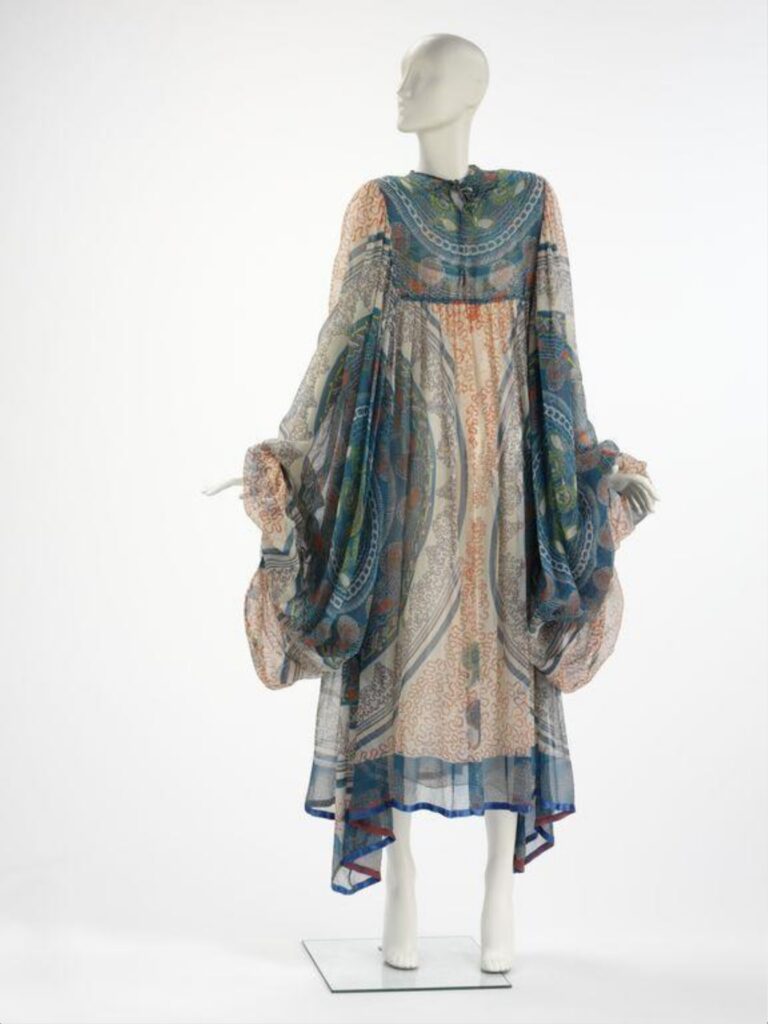
V&A Museum
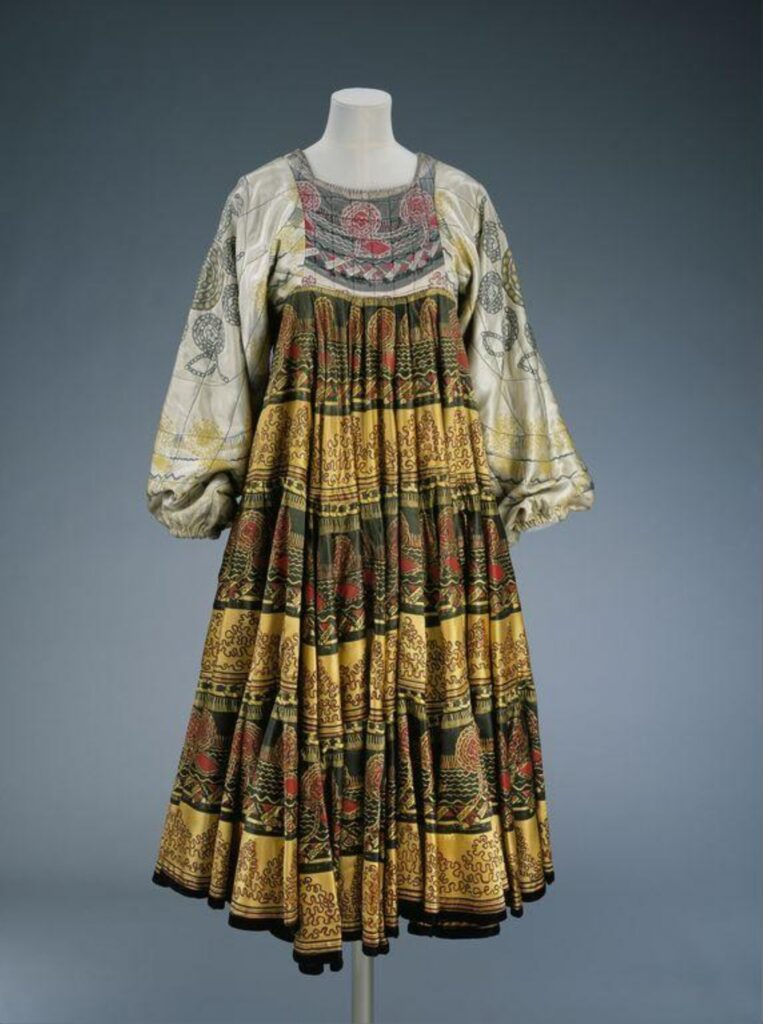
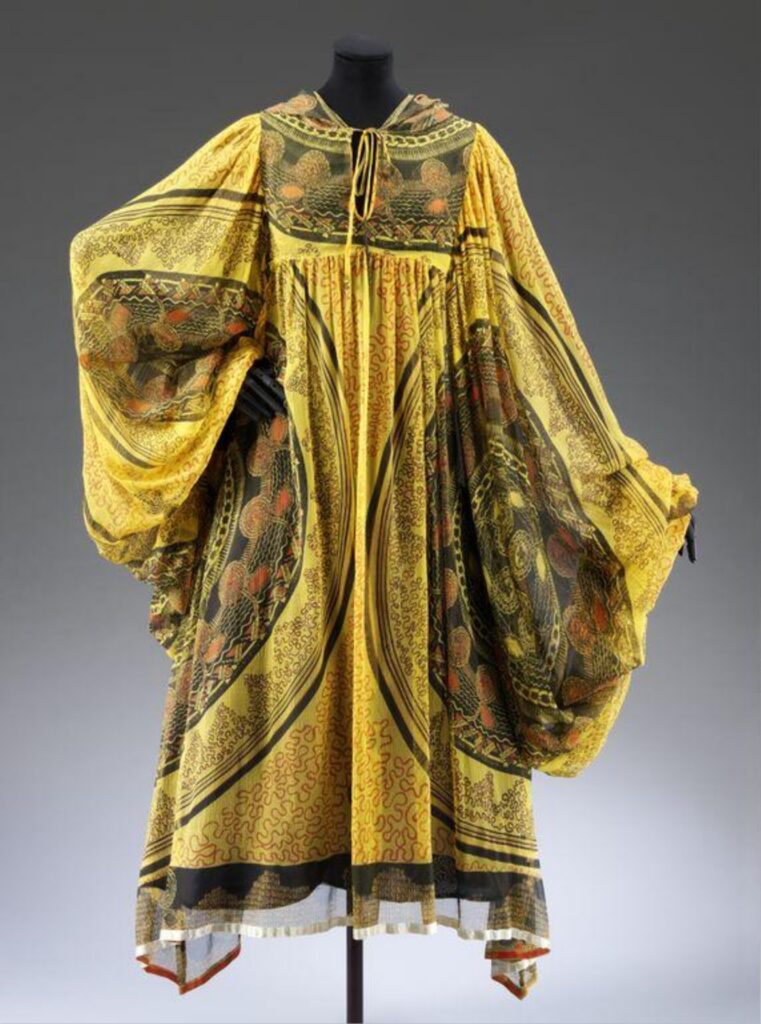
V&A Museum
Which 1960s style is your favorite? Or, is there a time period you’d like me to cover? Let me know in the comments!

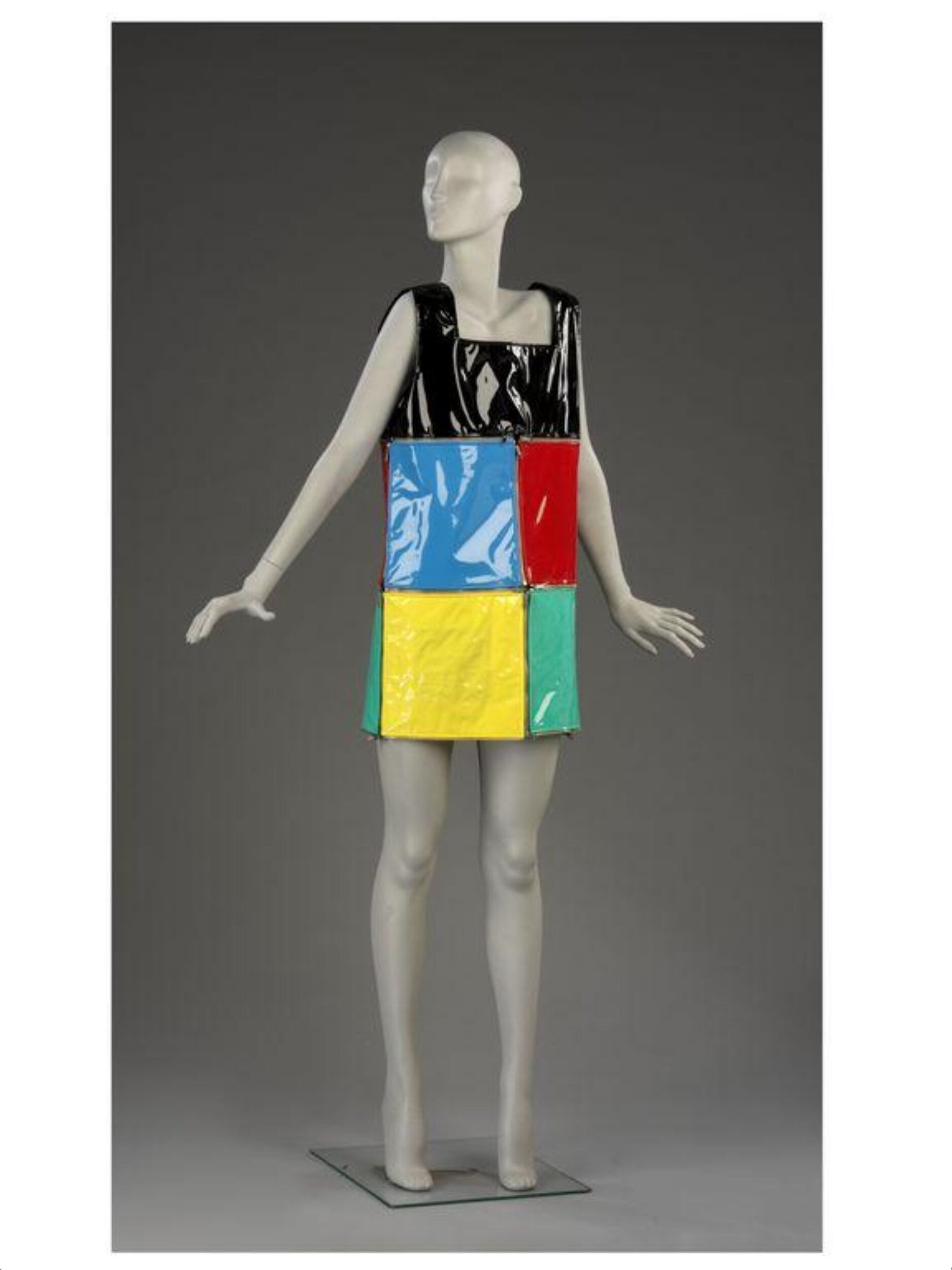
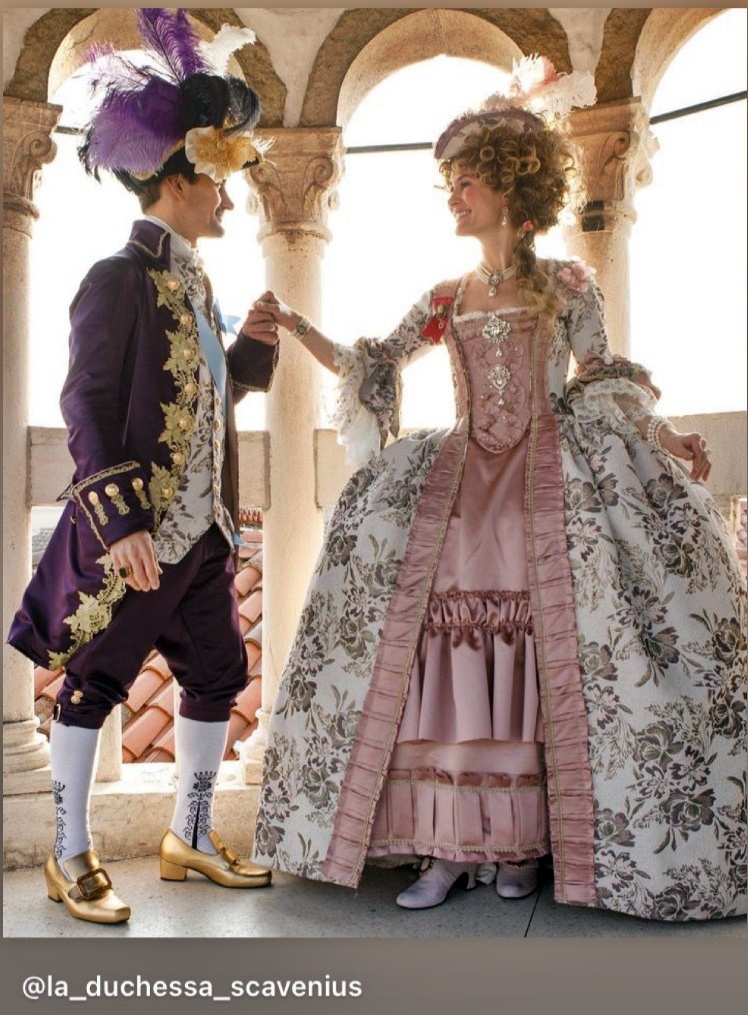
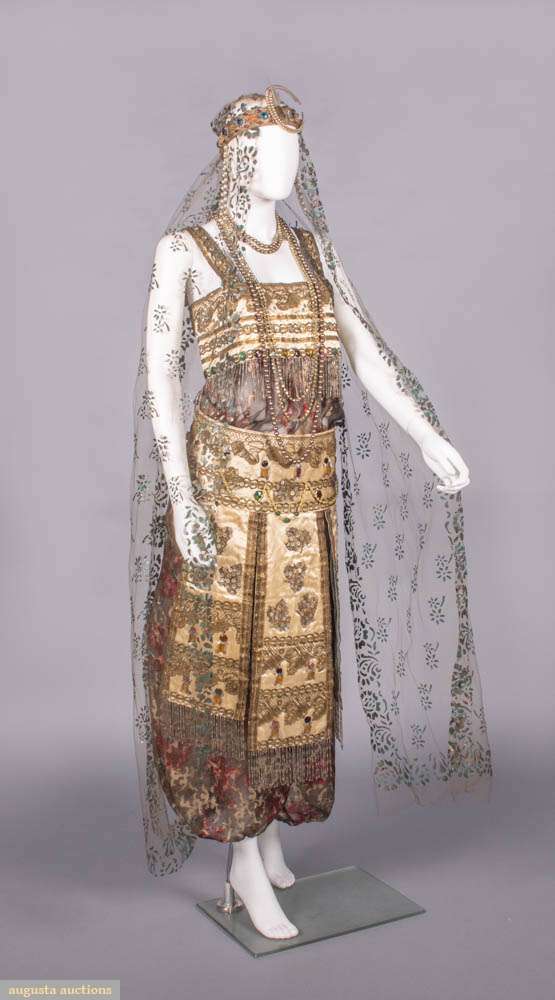



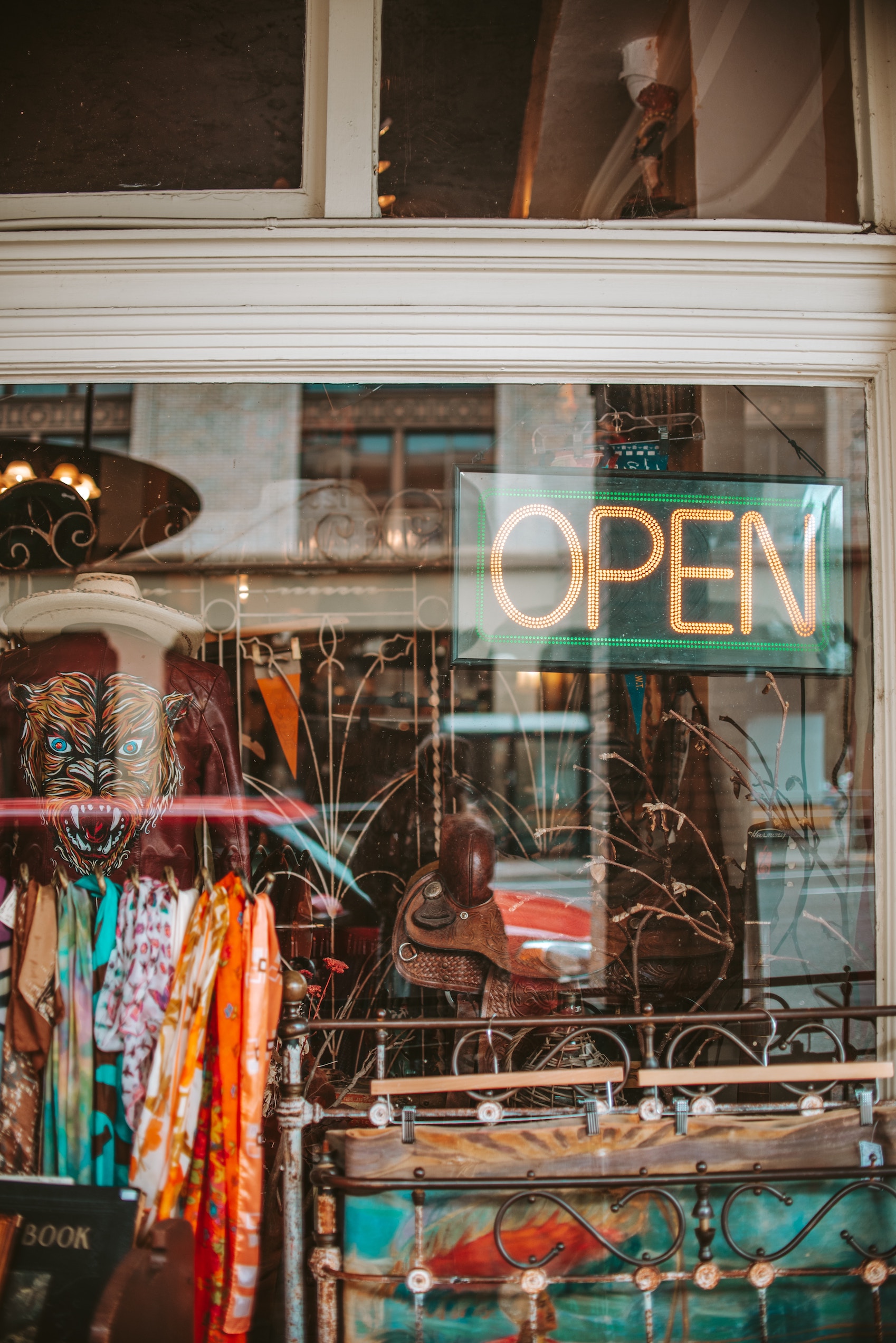


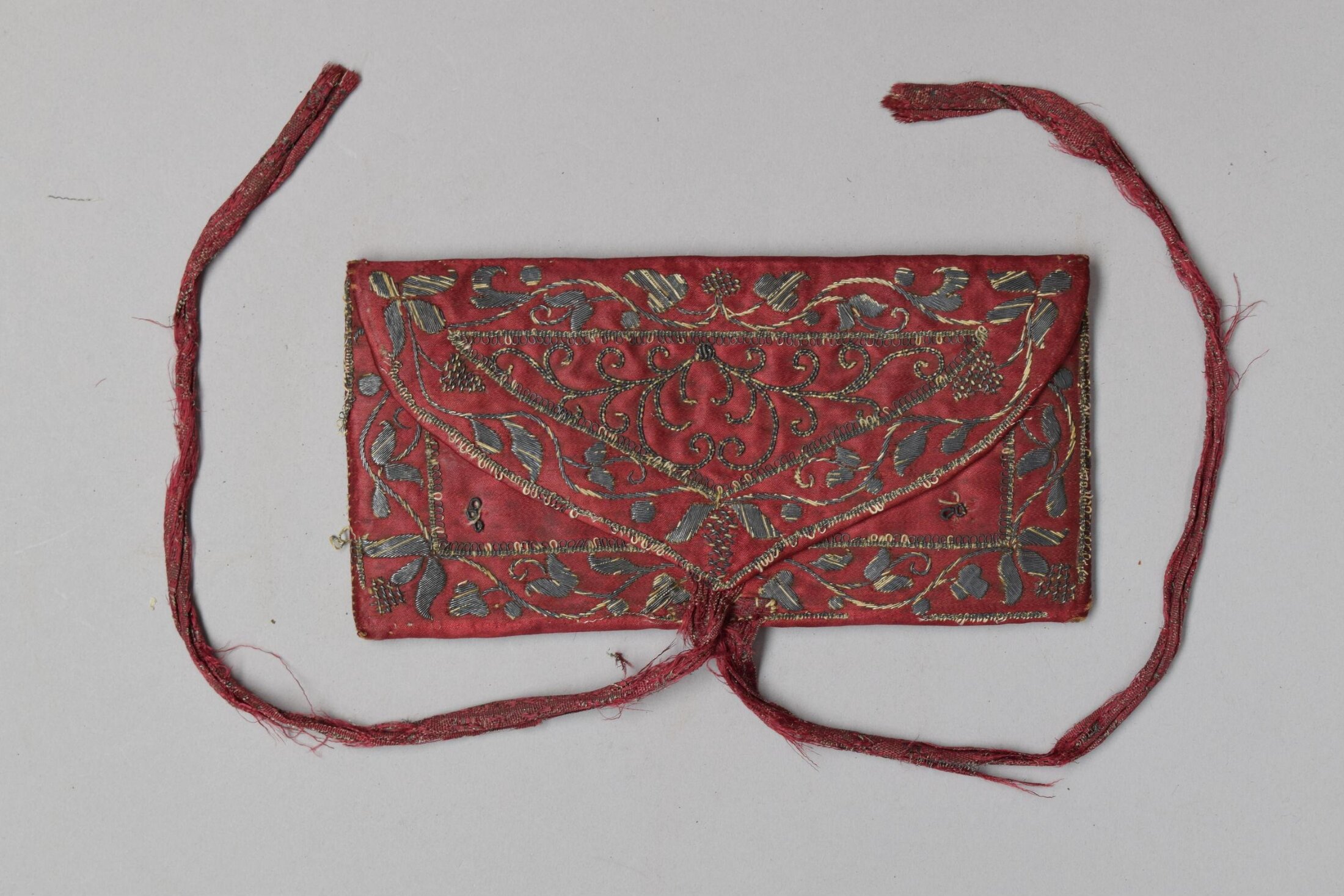
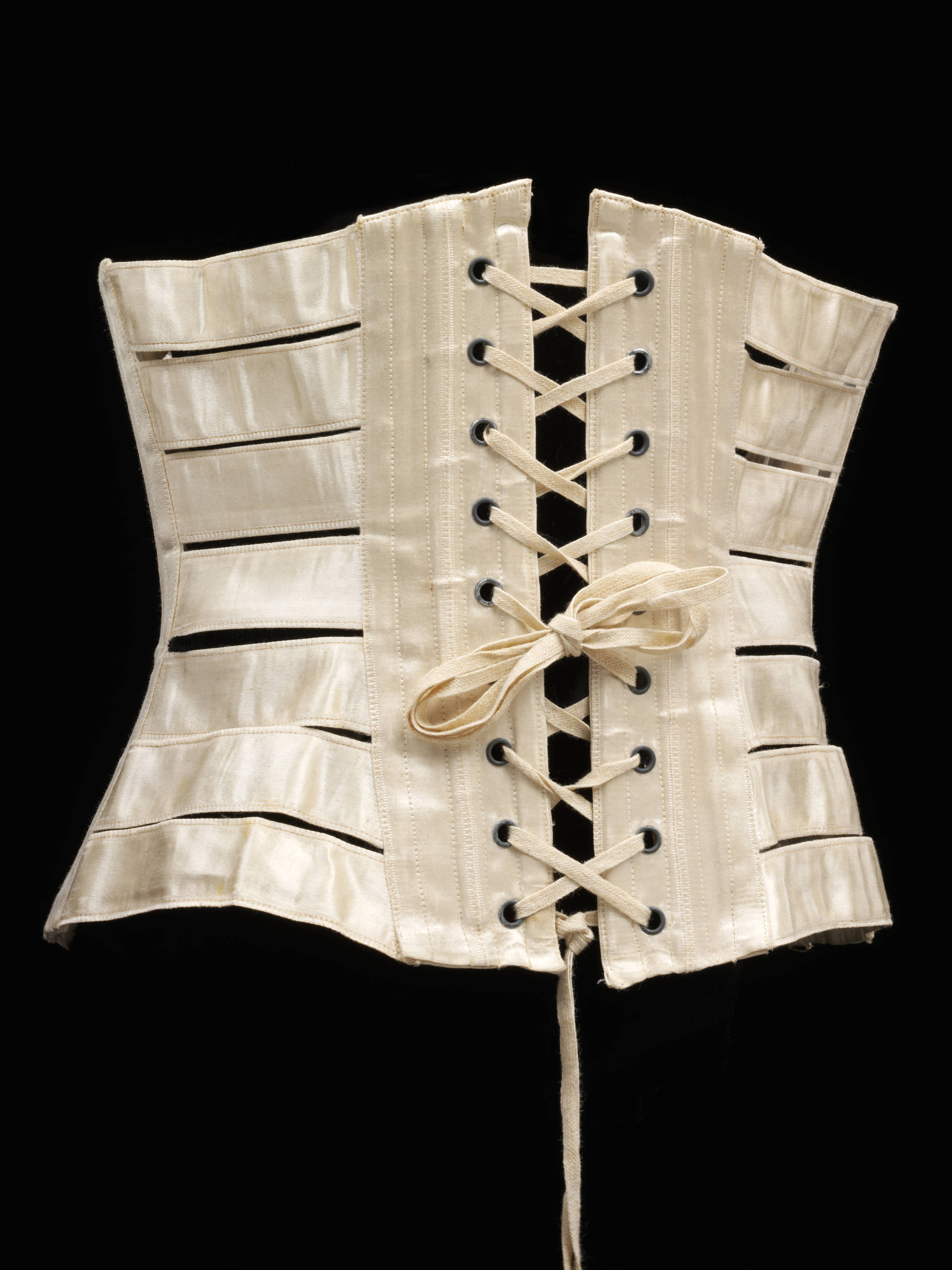
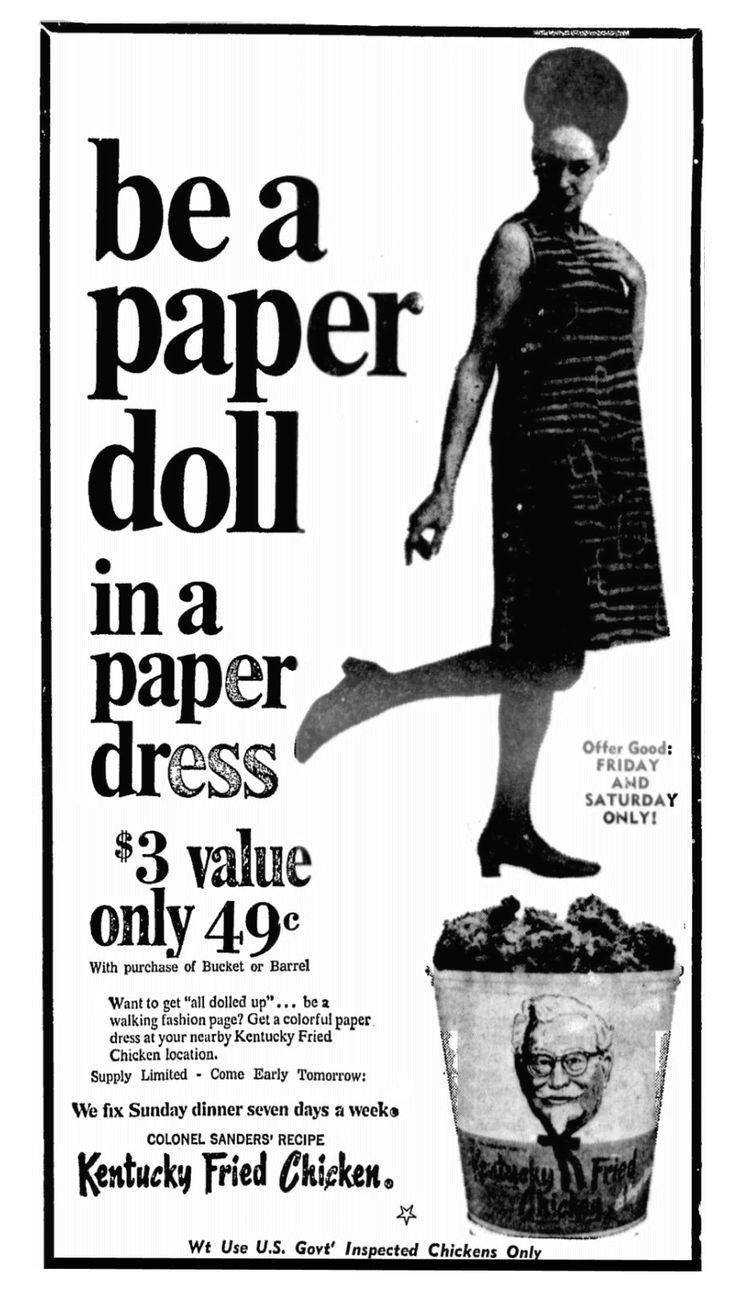
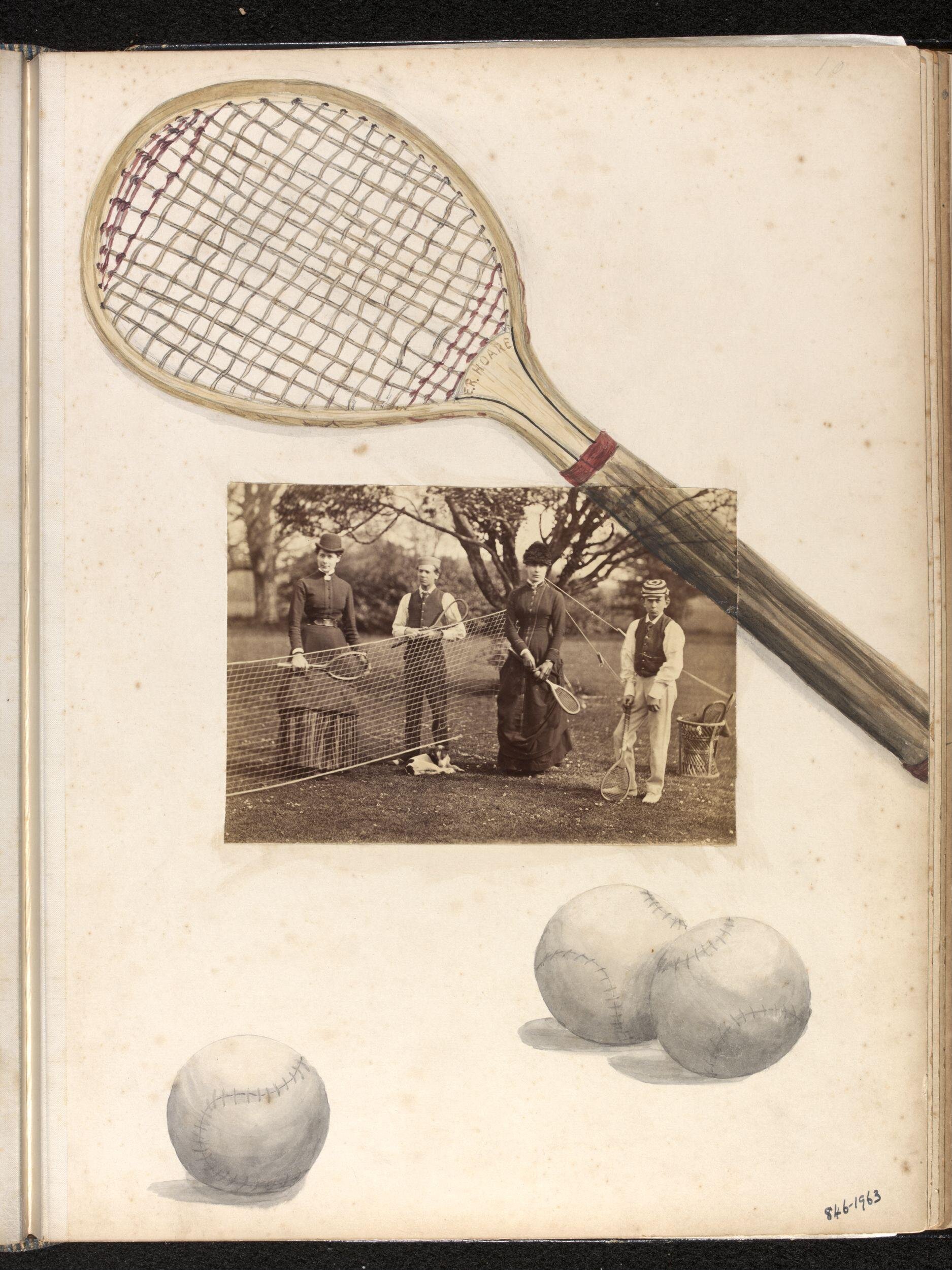
I personally liked the Jackie Kennedy tailored box-cut suit and beret-style hat look of the early 1960s. When I went into the military late in the 1970s our Class-A uniforms for enlisted women were pretty much the tailored Jackie look. The uniform skirt and coat was very nicely designed, and it looked elegant on all kinds of figure types. The other women’s service uniforms usually only suited those women who had fashion-model figures.